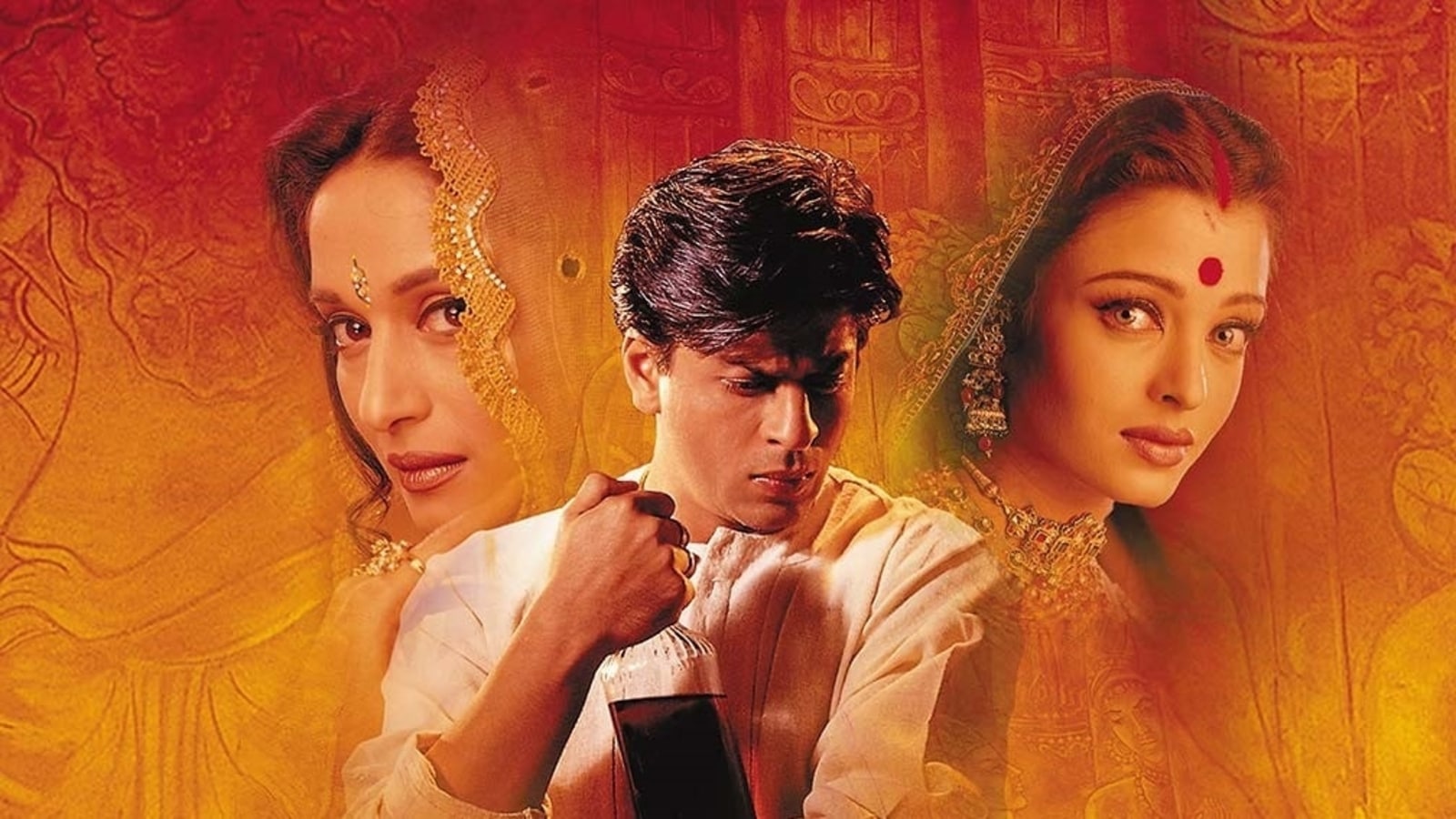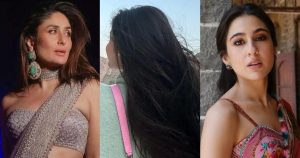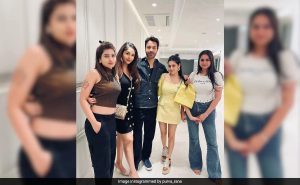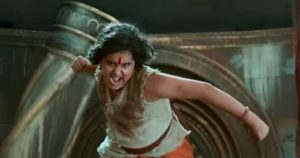As of now, Sharat Chandra Chattopadhyay’s genre-defining novel Devdas has been adapted for screen a total of 20 times in seven languages in three countries. Everyone has played the titular role from KL Saigal and Dilip Kumar to Soumitra Chatterjee and even Paoli Dam (although she was Devi in the film). Such is the popularity of the subject that if one or more newer adaptations are announced by the time I finish this piece, I won’t be surprised. Which version of Devdas you consider the seminal adaptation could very well depend on when and where you grew up. Of course, I bring my bias here too when I say it is the Sanjay Leela Bhansali version starring Shah Rukh Khan, which truly captures the essence of the novel like none other has. I know it’s a controversial take but before you grab the pitchforks, do hear me out.
Devdas, the red-hued and opulent one, was released in theatres on July 12, exactly 20 years ago. When announced, it was the first attempt by a Hindi filmmaker to adapt the classic in almost five decades. And when heavyweights Shah Rukh Khan, Madhuri Dixit, and Aishwarya Rai were cast, the stakes got even higher. When the film was released, it was a grand success but polarized fans as well. Many felt it was an instant classic, a grand larger-than-life take on love and loss. Others found the opulence distracting from the core plot. And others felt it was not an ‘honest’ adaptation as it strayed too far.
Many said that the previous iterations of the story did not need lavish sets and Technicolor song-and-dance sequences to tell the same story. But do keep in mind. Dilip Kumar’s Devdas was directed by the man who gave us Do Bigha Zamin while Shah Rukh’s film was the work of a man who would go on to make Padmaavat. On the spectrum of grandness and realism in storytelling, Bimal Roy and Sanjay Leela Bhansali would probably be on opposite ends. It says a lot about the beauty of cinema that both can tell the same story in such contrasting ways. To me, the grandeur adds to the story as it magnifies the emotions every character feels, making a simple story much more intense. That elevates it higher than its predecessors.
And time has been kind to Bhansali’s magnum opus. It is a story of love, pride, and man’s descent into madness because of ego. How can it not be grand? How can it not be over-the-top? Particularly in an era when even the simplest of stories of teen romance (Mohabbatein) and forbidden love (Gadar) were being told in the grandest manner possible. It was a product of its times but one that remains relevant today. It also gave us the first glimpses of Bhansali perfecting his cinematic signature. After a relatively sober debut with Khamoshi, he attempted something grander in Hum Dil De Chuke Sanam but it was Devdas that carried many of Bhansali’s trademarks, which he still employs today.
One of the biggest criticisms of Bhansali’s Devdas has been that it deviates from the original novel in many places. Purists clutched their pearls when Paro met Chandramukhi and almost fainted in horror when the two danced together at Durga Puja. Others asked why Chandramukhi–a courtesan–would have 20 backup dancers in Humpe Ye Kisne.
It says a lot that many people are more willing to accept a version where ‘Chandramukhi’ is the victim of an MMS scandal than one where she meets Paro. To me, both versions are valid and both are actually very well made. The reason is that Devdas is a story of emotions, not facts. It does not tell a historical tale where distortion takes something away from the story. It is up to the filmmaker how they want to adapt and project those emotions on screen. Some choose to portray it with Dola Re Dola and others with O Pardesi. Which is more ‘valid’ is as subjective as what ice cream flavour tastes best. I do know one thing though. None of the elements added in the film–be it Devdas performing his own shraadh or Dola Re Dola–are superfluous. None of them jut out. Which basically means the final product works. To me, that shows the superiority of the project that it was able to add elements to the plot yet not lose focus of the core emotions.
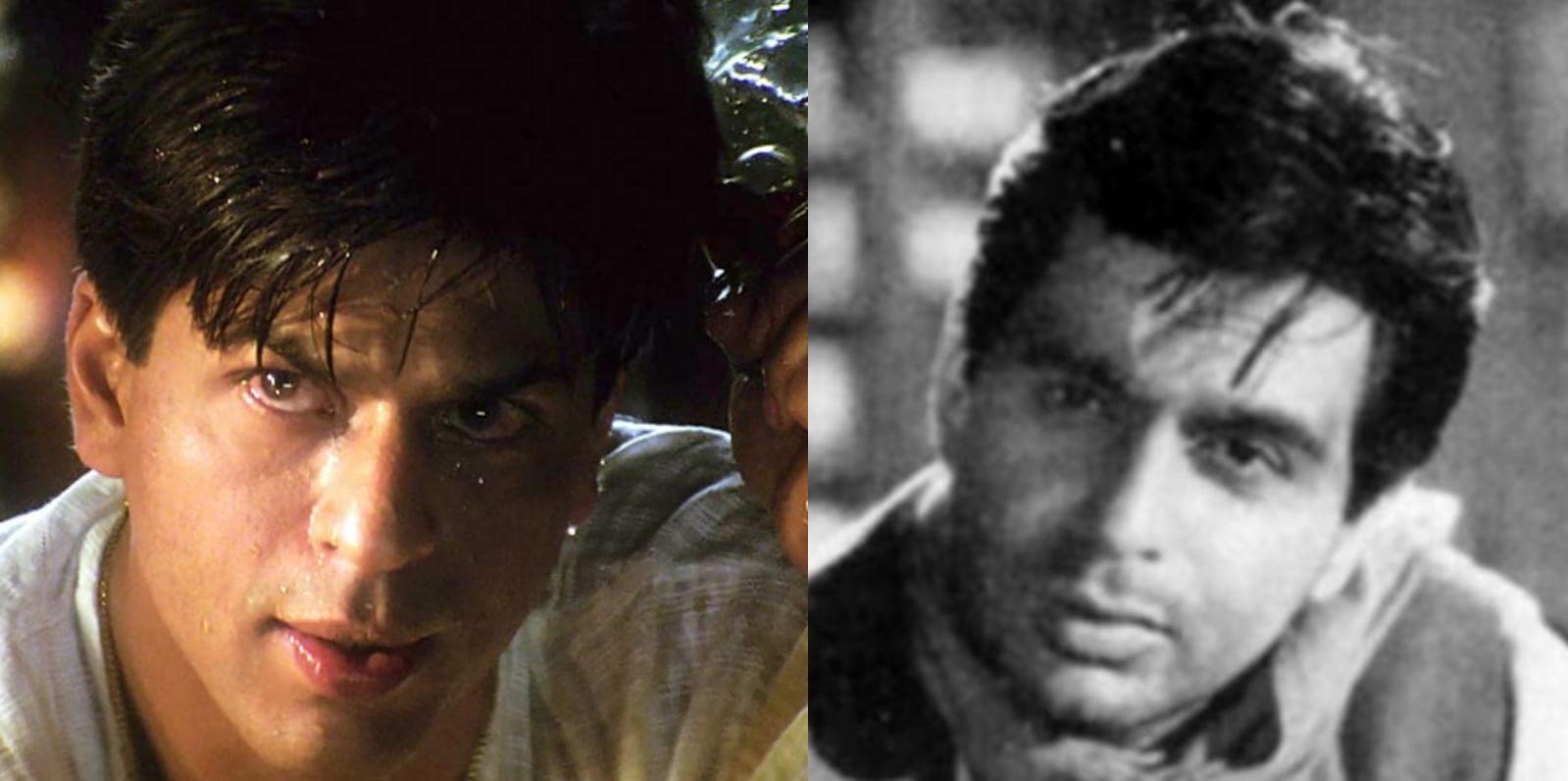
Another criticism of the film has been how Shah Rukh’s portrayal of the titular character fares in comparison to some other versions. Some of the biggest names and greatest actors in Indian cinema history had played Devdas before Shah Rukh assumed the mantle– KL Saigal, A Nageswara Rao, Dilip Kumar and Soumitra Chatterjee, to name a few. Comparisons were inevitable. The benchmark for a good Devdas performance set by Dilip Kumar may be hard to achieve but Shah Rukh did come close. His strengths are different from a classical actor in Dilip Kumar’s mould. No actor can come close to Dilip Kumar in portraying the grief of Devdas so simply yet so beautifully. But there is one aspect where Shah Rukh surpassed the great master–in portraying the arrogant madness of Dev. Shah Rukh’s Devdas was an unlikable, arrogant, and slightly misogynist man, who did not need romanticisation. And Shah Rukh brought that on to the screen superbly. His version need not be best, or even better than anyone. It was different and intense enough to work. And that’s all that matters.
In another 20 years, to a newer generation, both Shah Rukh and Dilip Kumar may seem like thespians from ‘a distant past’. And maybe then, the 2002 volume of Devdas may also be regarded as a cine classic, just like the previous ones. And to them, it may seem it was always that universally loved. Retroactive appreciation is a thing, you know.
![]()
